Your vital organs—screened
Scan your body for potential cancer and 500+ conditions in up to 13 organs.




Our scan is designed to















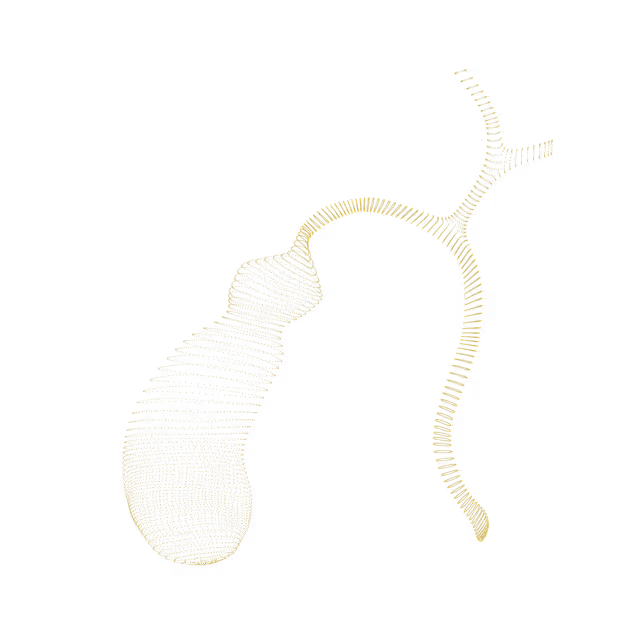
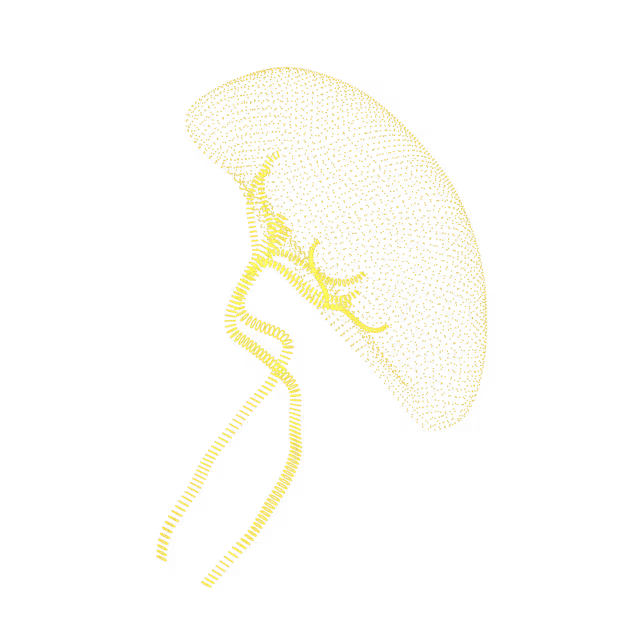

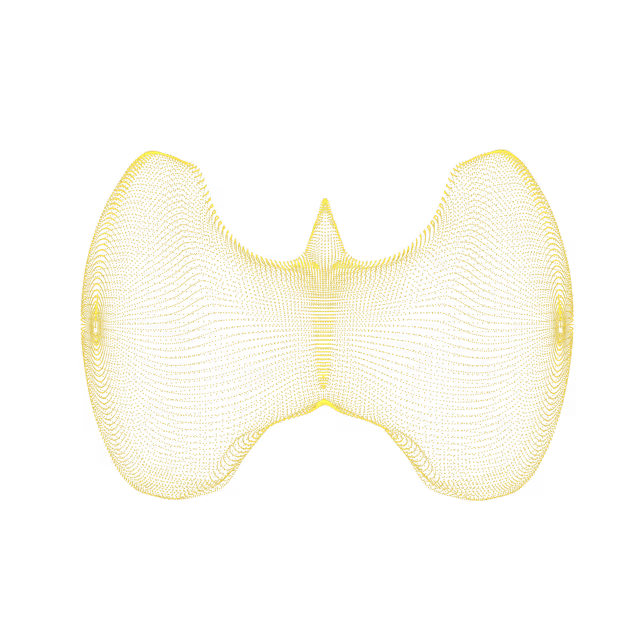

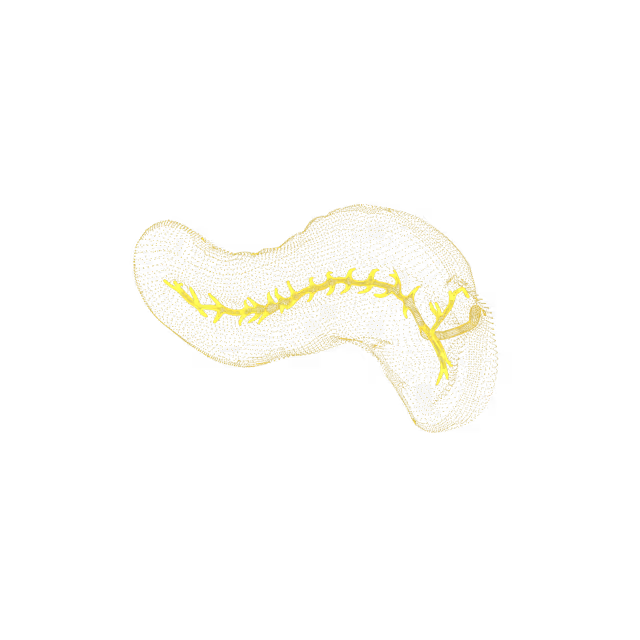
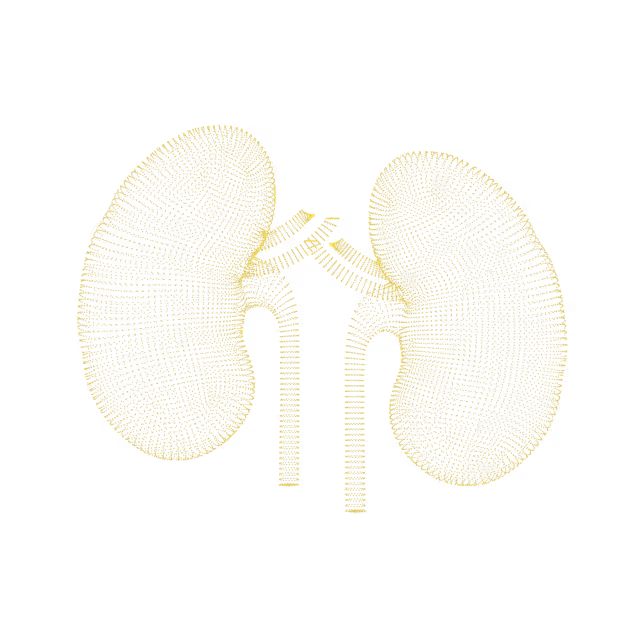
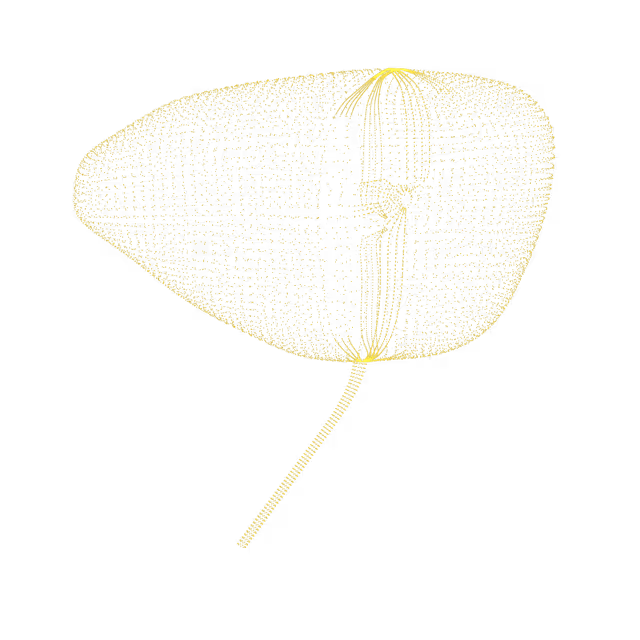
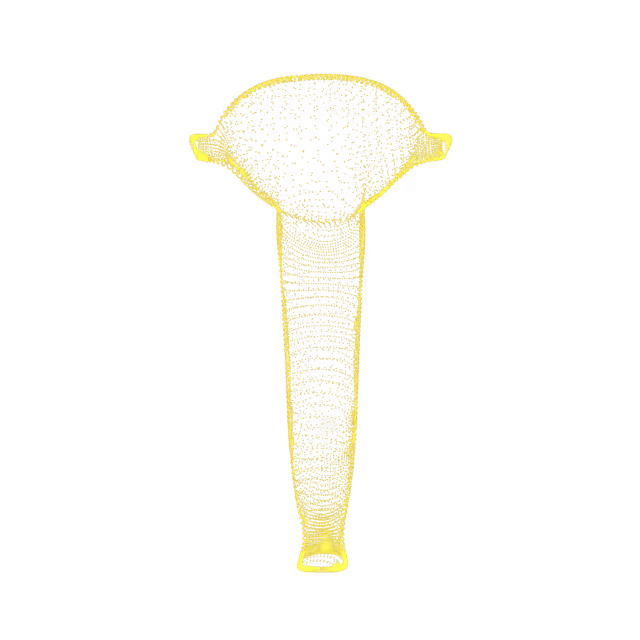
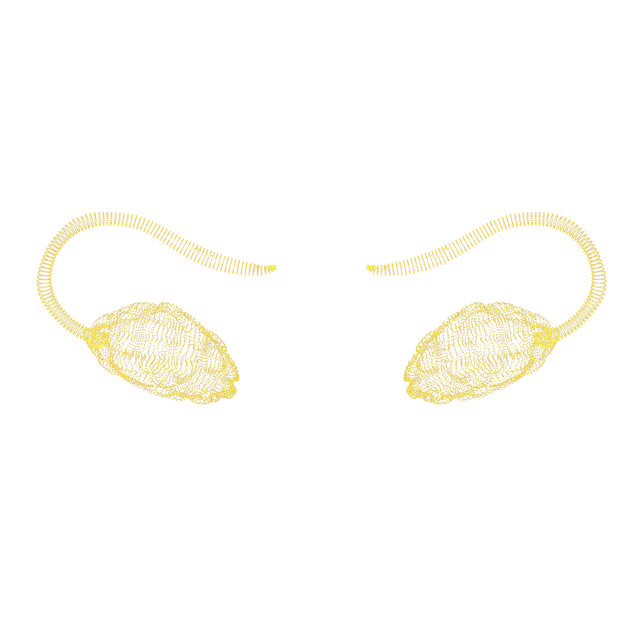
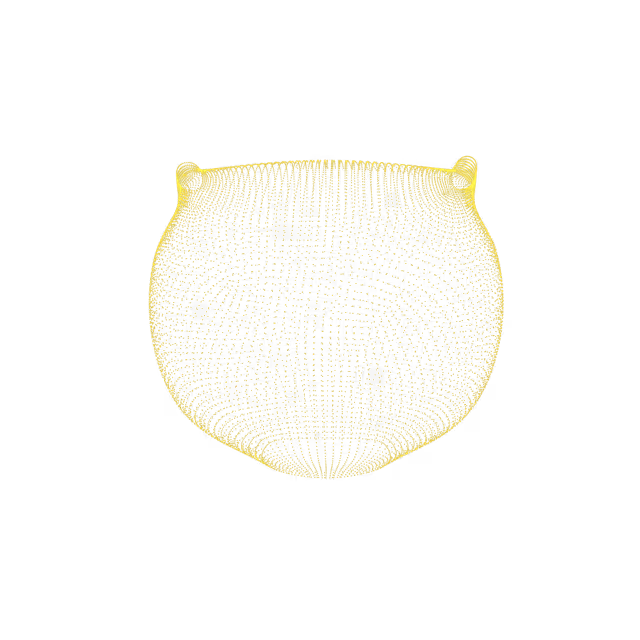

A subchondral cyst is a fluid-filled space inside a joint that extends from one of the bones that forms the joint. This type of bone cyst is caused by degenerative joint disease, the wear and tear on joints that develops over decades of use. The treatment depends on the degree of symptoms caused by the cyst.
Arthritis is the swelling and tenderness of one or more of your joints. Common symptoms include pain, stiffness and decreased range of motion. Symptoms may vary in severity and can fluctuate or progress/get worse over time. Treatments vary depending on the type of arthritis, but the main goal of treatment is to reduce symptoms and preserve joint function, mobility and quality of life.
A pelvic kidney is when one or both kidneys stay in the pelvis and do not move into their proper position during fetal development. A normal variant is an atypical finding that is seen but has no clinical significance, and is considered within the spectrum of normal findings. No further follow-up or evaluation is needed for this finding.
A lesion is an abnormal “spot” on the radiology images. There is a lesion noted on the coccyx (tailbone), based on your MRI images. Bone lesions may be either non-cancerous or malignant (cancerous). Sacral chordoma is a type of malignant tumor of the sacrum (the shield-shaped bone that forms the back part of the pelvis). Symptoms, if present, can include bowel, bladder, and sexual dysfuction. Pain with any sitting can also occur as the tumor grows.
The endometrium is the inner lining of the uterus. A cyst is a sac-like pocket of membranous tissue that contains fluid, air, or other substances. Cysts can grow almost anywhere in the body. There are many different types of cysts. Most cysts are benign (non-cancerous). Whether a cyst needs treatment depends on a number of factors, including the type of cyst, the location, if the cyst is causing pain or discomfort, and whether the cyst is infected.
Uterus didelphys (double uterus) is a type of uterine anomaly that is present from birth (congenital) in which a person has two uteruses. Each uterus has its own fallopian tube and ovary. Uterus didelphys is rare and only affects about 0.3% of the population. In most cases, uterine didelphys is incidentally discovered (found in passing when looking for something else) when the pelvis is imaged.
Prostate calcifications (deposits of calcium in prostate tissue) are commonly seen in men as they age. Although the exact cause is not clearly understood, experts suggest the calcifications occur as a result of chronic inflammation of the prostate. Other potential causes include diabetes, infection, benign prostatic hypertrophy (BPH), radiation therapy, previous urethral stent placement/surgery, and prostate cancer.
Prostatic cysts are abnormal fluid filled sacs that form in the prostate. They are a relatively common, benign finding. Cysts usually do not cause symptoms or harm the function of the prostate. Treatment is not needed for simple prostate cysts that do not cause any symptoms.
A prostate lesion is an area of tissue that has been damaged by injury or disease within the prostate. Prostate lesions could be benign (non-cancerous) or malignant (cancerous).
MRI imaging is very sensitive and it is not always clear how to interpret what is being visualized on imaging. The interpretation by the radiologist raises the possibility that there is inflammation or scarring noted in one area of your prostate, but that the cause is unclear.Inflammation and scarring in an area of the prostate could be representative of prostatitis (inflammation of the prostate). This interpretation is based solely on the MRI images, and should be taken in context with other important clinical information.


© 2025 Ezra